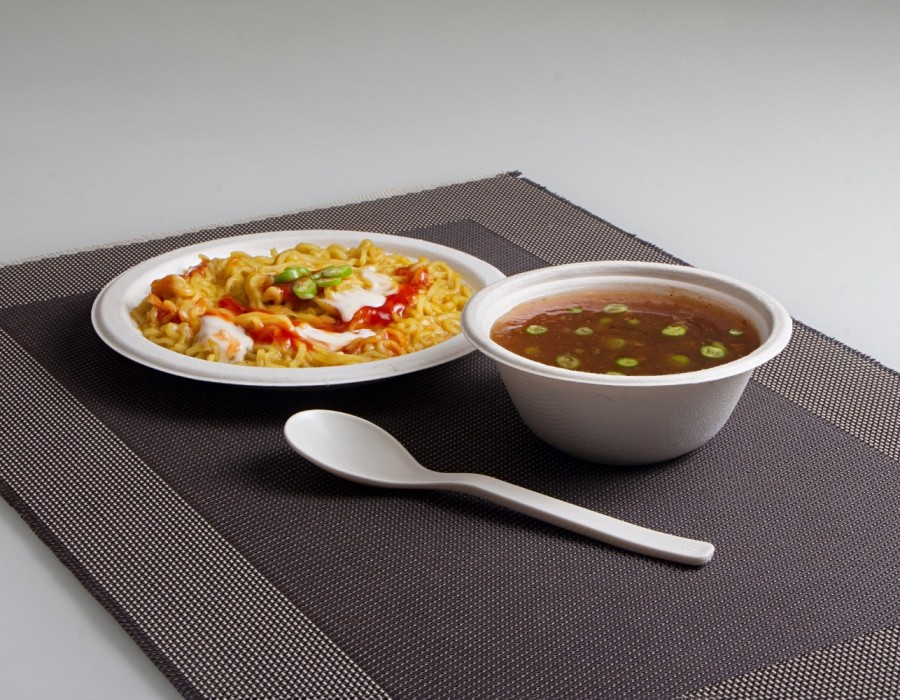Introduction
Bagasse bowls, made from the fibrous residue left after extracting juice from sugarcane stalks, are revolutionizing the way we approach eco-friendly dining. As an agricultural byproduct, bagasse offers a sustainable alternative to conventional plastic and Styrofoam tableware, reducing environmental impact and supporting a circular economy. In this guide, we delve into the many benefits of bagasse bowls and why they are becoming a preferred choice for environmentally conscious consumers.
The Environmental Benefits of Bagasse Bowls
Bagasse bowls are inherently sustainable due to their biodegradable and compostable nature. Unlike plastic bowls that take hundreds of years to decompose and contribute to landfill waste, bagasse bowls break down naturally within a few months, returning valuable nutrients to the soil. This compostability helps reduce the overall waste footprint, making bagasse bowls an excellent choice for eco-friendly dining solutions.
Production Process: From Sugarcane to Bagasse Bowls
The journey of bagasse bowls begins with sugarcane. After the juice is extracted from the sugarcane stalks, the remaining fibrous material, known as bagasse, is collected and processed. This process involves cleaning, pulping, and molding the bagasse fibers into various shapes and sizes to create sturdy, durable bowls. This efficient use of agricultural waste not only minimizes resource consumption but also reduces the need for tree-based paper products.
Versatility and Practicality in Everyday Use
Bagasse bowls are not only eco-friendly but also highly versatile and practical. They are heat-resistant, making them suitable for both hot and cold foods. Their sturdy construction ensures they can hold liquids without leaking or becoming soggy, making them ideal for soups, stews, and salads. Additionally, bagasse bowls can be used in microwaves and freezers, adding to their convenience for everyday use.
Health and Safety Considerations
One of the significant advantages of bagasse bowls is their non-toxic nature. Unlike plastic bowls that may leach harmful chemicals into food, bagasse bowls are free from synthetic additives and coatings. This ensures that the food remains safe and uncontaminated, providing peace of mind to health-conscious consumers. Furthermore, the natural fibers in bagasse bowls make them hypoallergenic and suitable for individuals with sensitivities.
Conclusion: Embracing Sustainable Dining with Bagasse Bowls
Bagasse bowls represent a significant step towards sustainable dining. By choosing bagasse bowls, consumers can enjoy the benefits of a renewable, compostable, and non-toxic alternative to conventional tableware. Whether for personal use, restaurants, or catering businesses, bagasse bowls offer an eco-friendly solution that aligns with the growing demand for sustainable practices. Embrace the future of dining with bagasse bowls and contribute to a healthier planet.





Comments